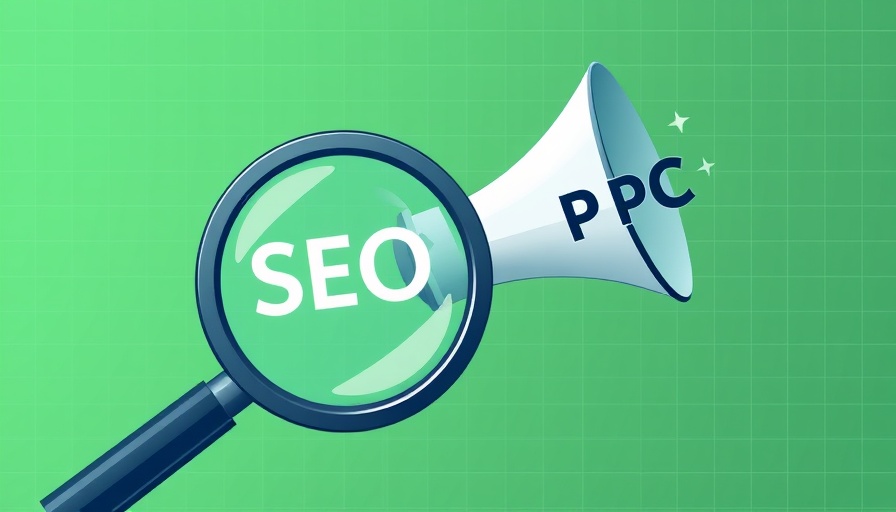
SEO vs. PPC: Choosing the Right Strategy for Your Business
In the fast-paced realm of digital marketing, businesses often grapple with the critical question: Should we invest in SEO (Search Engine Optimization) or PPC (Pay-Per-Click advertising)? Both strategies play a pivotal role in enhancing online visibility and driving customer engagement, but they operate on fundamentally different timelines and principles.
Instant Results vs. Sustainable Growth
PPC provides immediate visibility by placing your ads at the top of search engine results, ensuring that you’re seen by potential customers right away. However, every click comes at a cost, making it a short-term solution for driving traffic. Conversely, SEO is a longer game; it entails optimizing your content and website to climb the organic search rankings over time. While it may take months to see results, the payoff—consistent and often free traffic—is substantial.
Understanding Your Business Goals
The decision between SEO and PPC heavily depends on your business objectives. If you’re operating in a competitive industry with high CPCs (cost-per-click), SEO may serve you better in the long haul. On the other hand, startups requiring rapid customer acquisition may find that PPC offers the quick wins they need to gain traction. Factors such as budget, industry trends, and competition will undoubtedly influence your choice.
The Long-Term Benefits of SEO
When implemented correctly, SEO delivers numerous long-term benefits:
- Cost Efficiency: While optimizing for SEO demands an initial investment in time and resources, it yields high-intent traffic without requiring recurrent payments for each visitor.
- Improved Credibility: Studies indicate that organic search results often enjoy higher click-through rates compared to paid ads. Consumers tend to trust these listings more, establishing lasting credibility for your brand.
- Compounding Returns: SEO’s effectiveness compounds over time; as you generate more quality content and backlinks, your domain authority increases, aiding future rankings.
Challenges of SEO
Despite its advantages, SEO is not without challenges. For one, it’s a slow process; businesses may endure long wait times before seeing relevant traffic. Moreover, algorithm changes from search engines can lead to fluctuating rankings, underscoring the necessity for a robust and adaptable SEO strategy.
When to Leverage PPC
PPC can be a wise investment when:
- Launching new services or products where brand awareness is paramount.
- You need precise targeting to attract specific demographics quickly.
- The competition in your niche is too intense for SEO to provide immediate value.
Complementary Strategies for Optimal Results
Rather than viewing SEO and PPC as mutually exclusive, consider employing them simultaneously for a well-rounded strategy. While you're awaiting SEO results, PPC can help generate leads immediately, ensuring your business maintains visibility in the competitive landscape. This dual approach increases reach and provides insights that can refine both strategies.
Conclusion: Making the Right Choice
Ultimately, the best strategy depends on your unique business context. Embrace SEO if your focus is on long-term growth, but don’t shy away from PPC if immediate results are essential. As the landscape of digital marketing continues to evolve, being judicious about your marketing investments is crucial for staying ahead.
By understanding the distinct roles of SEO and PPC, you can allocate your budget effectively and make strategic decisions that align with your business goals.
 Add Row
Add Row  Add
Add 




Write A Comment